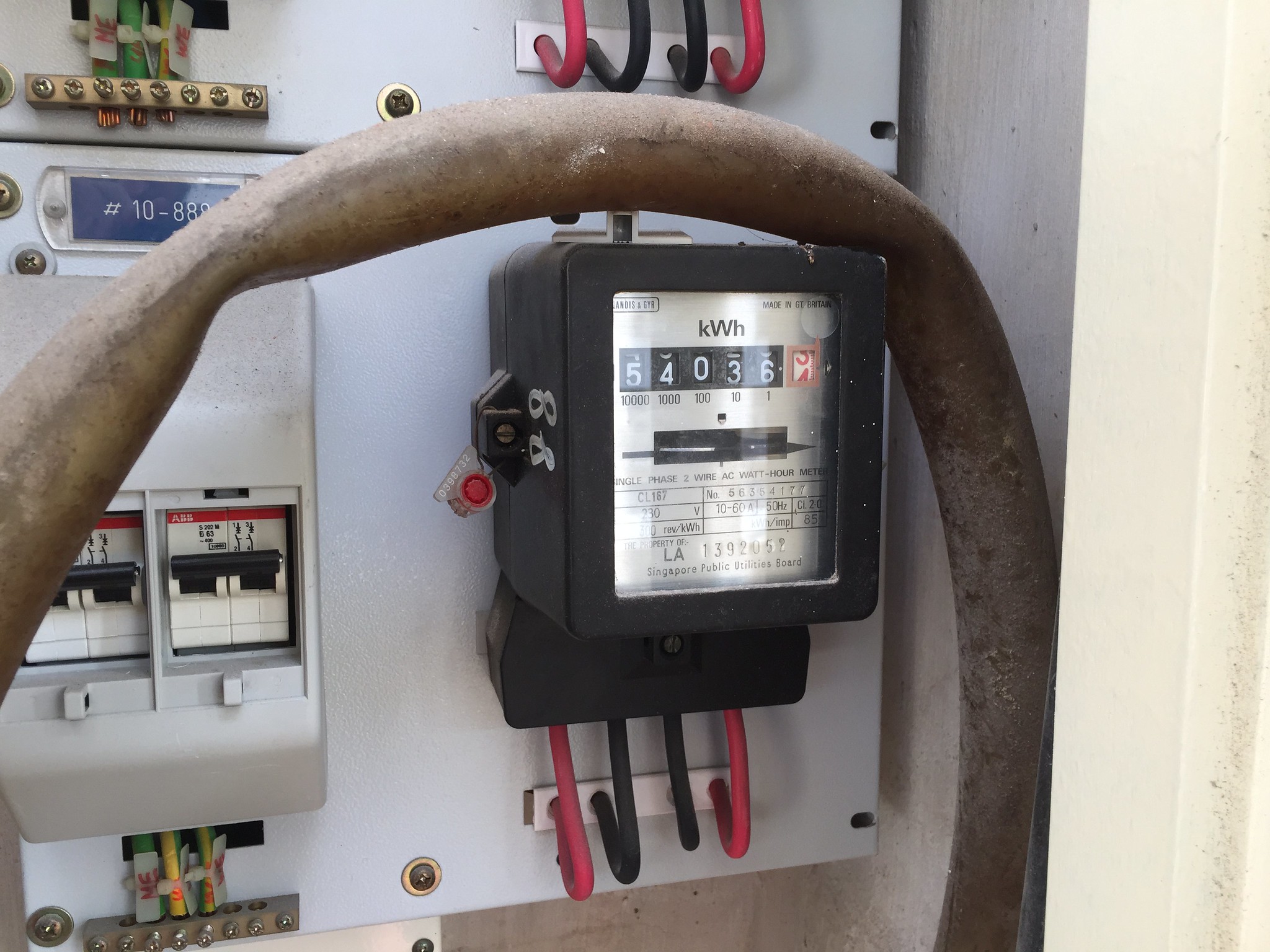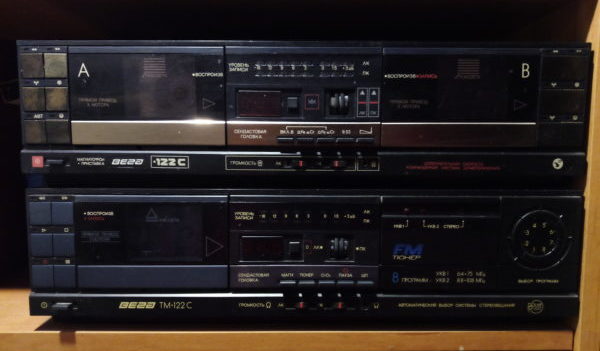What happens if you leave the charger in a socket without a smartphone - myths and truth
Every person at least once in his life left a charger for his equipment in the socket. This is simply more convenient: the wires do not get lost and are always at hand in the right place. True, you can receive dozens of comments ranging from “now you’ll start a fire” to “it’s a waste of electricity.” Today I will dismantle these myths and tell you where the truth actually lies.
The content of the article
Electricity costs
A good charger from a powerful smartphone can deliver 10-15 kW while the phone is charging. In addition, it belongs to pulsed devices - it will consume electricity until the owner disconnects the power supply from the network. However, there is no need to worry about energy costs.

As long as a smartphone is not connected to the charger, its actual electricity consumption is critically low. It accounts for literally a hundredth of a kilowatt. Considering the total energy consumption in the house - TV, computer, household appliances - this is nothing.
So I hasten to reassure all thrifty users - you won’t have to pay more for light because of a bad habit. Scientists have also asked this question. As a result of a small experiment, they found out that seven chargers continuously in the outlet will generate only about 2 kW in a year. Moreover, fewer chargers were simply not taken into account by the meter.
Wear and tear of the device
Another popular myth is that people who leave their charger in a socket simply break it.And indeed: each device has a declared period of active operation. When the power supply is connected to the electrical network, its mechanism gradually wears out. But is this so critical?
Manufacturers assure that the charging service life is from 50 to 100 thousand hours. In fact, this number can be reduced, since most devices have rather weak capacitors. On average, it lasts three to four years.
During this time, most users manage to buy a new smartphone and charger for it. Today technology does not stand still. Phones become obsolete very quickly, and every few years another coveted new product with breakthrough innovations appears on the market.
Fire or explosion
Many users are afraid that the charger may catch fire or even explode. Let me start with the fact that an explosion definitely cannot happen: the consumption is too low, and therefore the accumulation of electricity. In addition, if the device is working properly, a fire will not happen either. Most modern chargers are designed specifically for the habit of people leaving them in the socket.

But there is still a small probability. Fire occurs among owners of old electrical wiring or a faulty power supply. Tragedy can also occur in the event of a sharp surge in electricity. You should never forget about accidents, even if their probability is critically low.
So to be or not to be?
Despite all the myths I have listed, I would not recommend leaving the charger in the outlet. There are several reasons:
- Animals and small children can reach the cord. The current in the charger is small, but the shock will be noticeable. In addition, pets can chew through wires, leaving the user without the ability to charge the phone.This can happen at the most unexpected and crucial moment.
- Possibility of fire. As I said, it is always present. Problems may arise with poor-quality charging, whose case gets very hot during use.
If you can’t get rid of this bad habit, I recommend at least “turning off” it when you need to leave the house.
“... Let me start with the fact that an explosion definitely cannot happen: the consumption is too low, and therefore the accumulation of electricity. ..." and what is the side of energy accumulation here? Here we need to talk about how much energy is supplied through the outlet. If it breaks through the insulation in the charger, the “explosion”, or rather a short circuit, will not be weak!
My house burned down completely. We left the charger in the socket. DO NOT LEAVE THE CHARGER IN THE OUTLET!!! In my opinion, the spark hit the artificial carpet.
A hundredth of a kilowatt is 10 W, an energy-saving lamp is 11 W, and an LED lamp is 6 W. This means there is no need to turn off the light.






“A good charger from a powerful smartphone can deliver 10-15 kW while the phone is charging.”
Are you seriously?! A thousand times smaller!
For example, if a smartphone has a 3200 mAh battery installed and it produces a voltage of 3.8 volts, then charging it without taking into account losses will require 12.16 watt-hours (or 0.01216 kilowatt-hours)